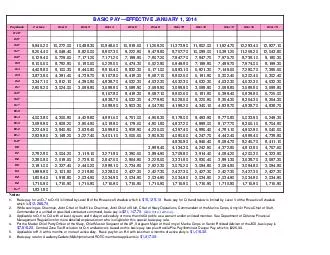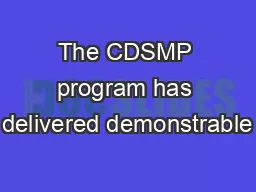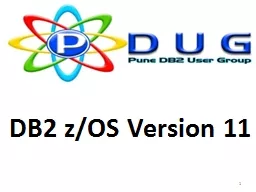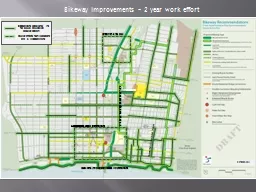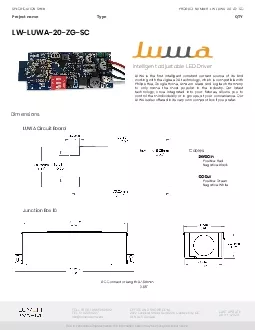PPT-Analysis and Improvements over
Author : trish-goza | Published Date : 2015-12-08
DoS Attacks against IEEE 80211i Standard Networks Security Wireless Communications and Trusted ComputingNSWCTC 2010 Author Li Wang Balasubramaniam Srinivasan
Presentation Embed Code
Download Presentation
Download Presentation The PPT/PDF document "Analysis and Improvements over" is the property of its rightful owner. Permission is granted to download and print the materials on this website for personal, non-commercial use only, and to display it on your personal computer provided you do not modify the materials and that you retain all copyright notices contained in the materials. By downloading content from our website, you accept the terms of this agreement.
Analysis and Improvements over: Transcript
Download Rules Of Document
"Analysis and Improvements over"The content belongs to its owner. You may download and print it for personal use, without modification, and keep all copyright notices. By downloading, you agree to these terms.
Related Documents


